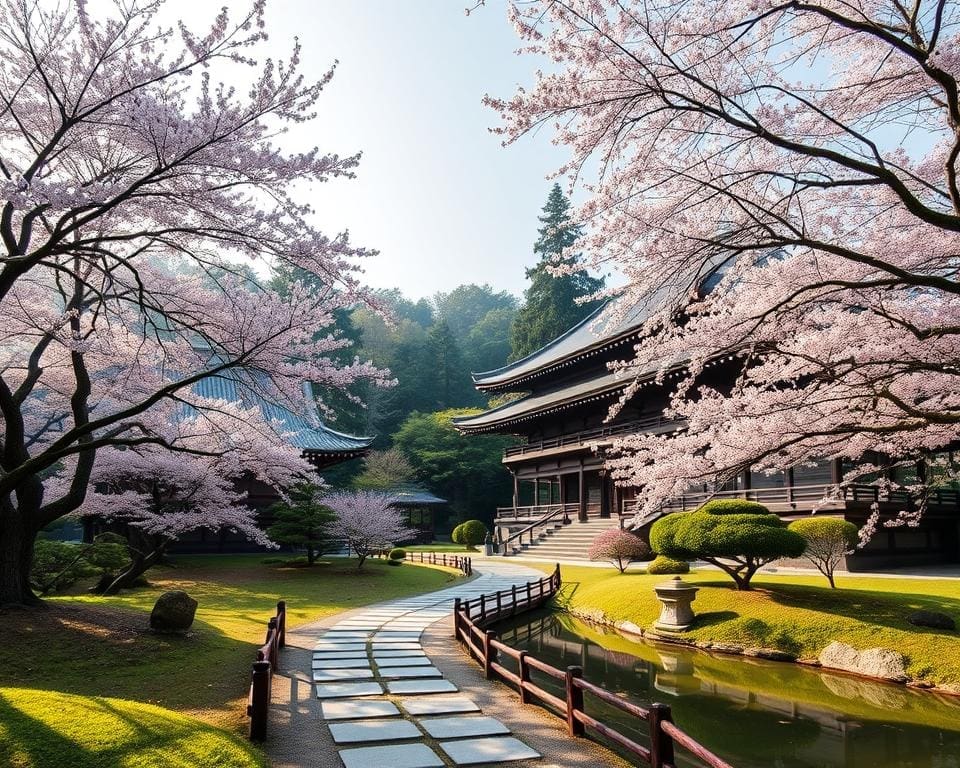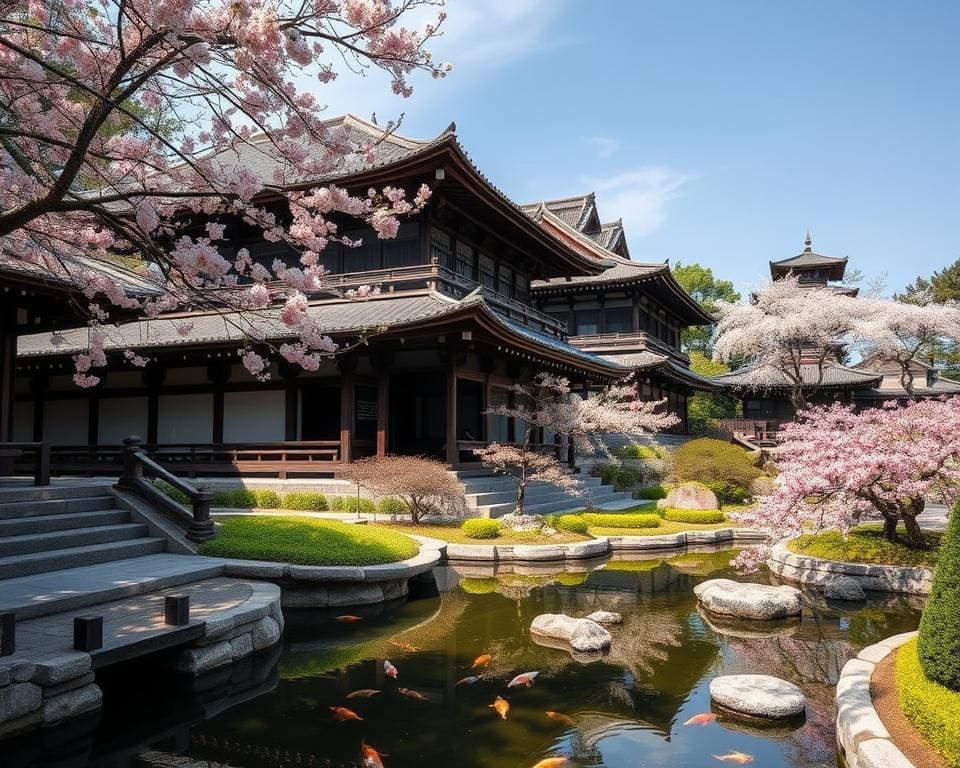Kyoto, the historical heart of Japan, beckons travellers with its stunning traditional temples and exquisite gardens. This city is not just a collection of beautiful structures; it is a living canvas of culture, boasting 17 UNESCO World Heritage Sites that offer a glimpse into Japan’s rich artistic heritage. As you wander through these ancient sites, the serenity enveloping you invites a deeper exploration of Kyoto’s legacy.
Famous for its cherry blossoms in spring and the dazzling colours of autumn, Kyoto’s landscapes create a picturesque backdrop for those seeking to delve into its remarkable traditions. Each temple and garden tells a story, immersing visitors in the tranquillity and beauty that define this enchanting city. Kyoto is undoubtedly a must-visit destination for anyone eager to connect with Japanese culture.
Discover Kyoto’s Breathtaking Traditional Temples
The temples of Kyoto stand as magnificent testaments to Japan’s rich cultural heritage. Each site bears witness to centuries of history, revealing the spiritual journey that has shaped the nation. The historical significance of Kyotan temples adds a profound layer of meaning as visitors explore these revered spaces.
The Historical Significance of Kyotan Temples
Kyotan temples offer more than mere visual splendours; they encapsulate key moments in Japanese history. Many temples were constructed during significant periods, serving both religious and societal purposes. They reflect the evolution of spiritual practices and showcase how faith shaped Kyoto’s urban landscape.
Must-Visit Temples for Tourists in Kyoto
Among the numerous tourist attractions in Kyoto, certain temples stand out for their unique characteristics:
- Kinkaku-ji (the Golden Pavilion) – Renowned for its radiant gold leaf exterior, it is an epitome of serenity.
- Kiyomizu-dera – Famed for breathtaking panoramic views of the city, reinforcing its position as a must-visit site.
- Hōnen-in – A hidden gem, known for its simplicity and tranquillity, offering a peaceful retreat.
- Ginkaku-ji (Silver Pavilion) – Celebrated for its understated elegance and beautiful gardens.
Architectural Wonders: The Design of Traditional Temples
The design of traditional temples showcases the architectural wonders that have withstood the test of time. Features like wooden structures, tatami mat flooring, and intricate roof designs highlight the exceptional craftsmanship found throughout Kyoto. Each temple represents a unique blend of art and spirituality, inviting visitors to appreciate their beauty in detail.

Kyoto: Exploring Traditional Temples and Gardens
In the enchanting city of Kyoto, the fusion of gardens and temples creates a captivating experience for visitors. These serene gardens serve not only as a backdrop but as integral elements that enhance the beauty of the temples and the overall atmosphere of tranquillity. The meticulous attention to detail in these gardens showcases an aesthetic that resonates deeply with Japanese culture.
Framing the Palette: Gardens Around Temples
The gardens that envelop temples in Kyoto are masterpieces in their own right. Each garden tells a story, inviting explorers to wander through paths adorned with vibrant seasonal flowers and elements of nature. Notably, the art of *kare-sansui*, or dry landscape gardens, employs carefully placed rocks and raked gravel to evoke the essence of mountains and rivers. This harmony between the gardens and temples reflects the principle of *wabi-sabi*, celebrating the beauty of imperfection and fleeting moments.
Shinto Shrines vs. Buddhist Temples: Understanding the Differences
A comprehensive exploration of Kyoto’s spiritual landscape requires an understanding of the unique characteristics of Shinto shrines and Buddhist temples. Shinto shrines, easily recognised by their iconic torii gates, are expressions of Japan’s indigenous beliefs, connecting visitors with nature and ancestral spirits. In contrast, Buddhist temples, with their ornate architecture and serene statues, encapsulate teachings brought from Asia, emphasising spiritual growth and meditation.
Experience the Tranquillity of Kyoto’s Traditional Gardens
Kyoto’s traditional gardens are sanctuaries that offer a unique blend of natural beauty and profound serenity. These gardens, designed not just for visual appeal but also as spaces for meditation and reflection, serve as a perfect escape from the fast-paced urban life. When exploring these heritage sites, visitors discover quiet corners adorned with gentle water features and selectively placed stones that invite contemplation and interaction with nature.
Among the impressive displays of Kyoto’s landscaping, the iconic Zen gardens, such as the Ryoan-ji Rock Garden, emerge as prime examples of this design philosophy. Often viewed as a canvas for personal interpretation, these tranquil spaces embody the essence of mindfulness, providing a peaceful backdrop for visitors to contemplate their thoughts and emotions. The serene atmosphere in these traditional gardens resonates with the spiritual significance of Kyoto’s heritage, allowing guests to immerse themselves in Japan’s rich cultural values.
As you take your time exploring these extraordinary gardens, allow the beauty of your surroundings to cultivate a renewed sense of calm, offering a welcome respite during your Kyoto adventure. The experience of wandering through these tranquil environments not only enriches your appreciation for Japanese aesthetics but also leaves a lasting impression on your hearts, reminding you of the importance of tranquillity amidst the bustling rhythm of everyday life.









